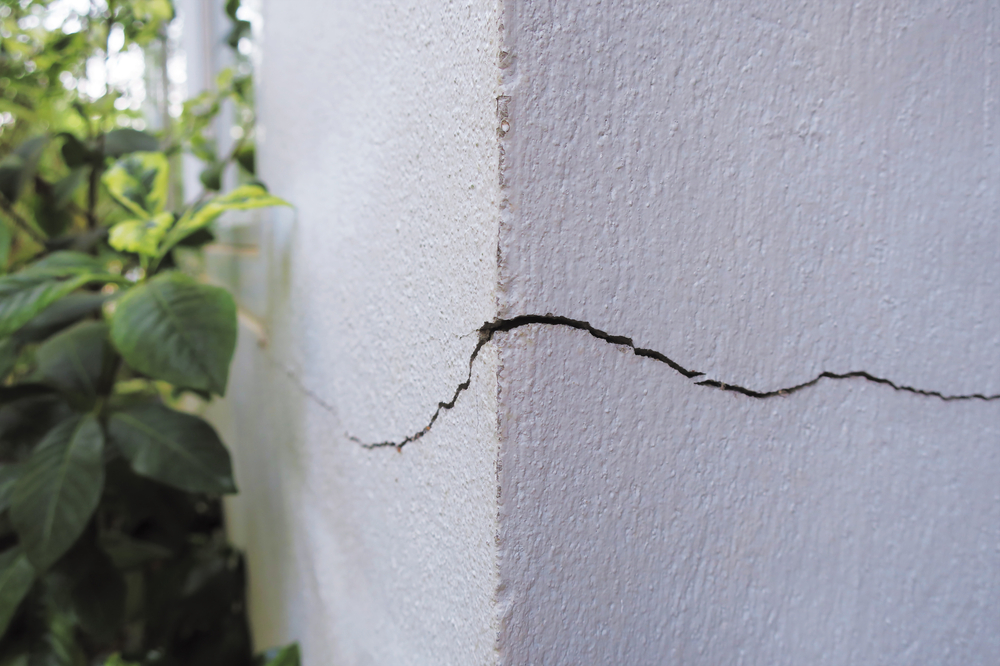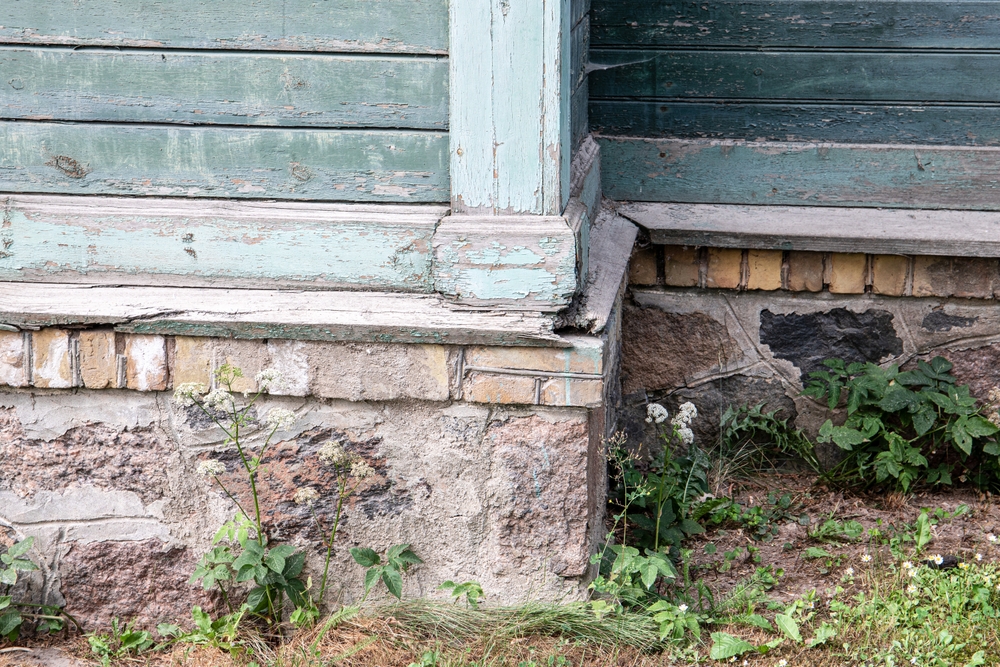When it comes to home maintenance, many homeowners focus on the more visible aspects, such as repainting walls, fixing leaks, or updating appliances. However, one of the most critical aspects of maintaining the integrity of a home is often overlooked: foundation crack repair. Cracks in the foundation can signal underlying issues that, if left unaddressed, can lead to serious damage to your home. Whether they appear in the basement, crawl space, or exterior of the property, foundation cracks should be taken seriously to ensure the safety and longevity of your home. In this blog post, we’ll explore why fixing foundation cracks is so important and how basement crack repair can prevent more costly and extensive repairs in the future.
The Hidden Dangers of Foundation Cracks
Foundation cracks can often be a sign of more significant structural problems. A foundation supports the entire structure of your home, so when it is compromised, everything else in the house can suffer as well. Cracks can appear due to a variety of reasons, such as natural settling of the house, changes in soil moisture, or extreme weather conditions. Even though these cracks may seem small at first, they can grow over time and cause issues that affect the stability of your home.
One of the most concerning risks of foundation cracks is water infiltration. Water can seep into the cracks and begin to erode the foundation further, weakening its structure. When water enters the foundation, it can also cause mold growth, which can lead to health problems for you and your family. In the basement, which is often the area most prone to moisture, cracks in the foundation can lead to flooding, which can damage your belongings and create a hazardous living environment.
In addition to water damage, foundation cracks can also affect the structural integrity of the entire home. If left untreated, the cracks may expand and cause uneven floors, sticking doors and windows, and even walls that begin to bow or shift. Over time, these problems can worsen, leading to costly repairs that could have been avoided with early foundation crack repair.
Early Detection and Prevention
One of the most important steps in protecting your home from the dangers of foundation cracks is early detection. Regular inspections of your home’s foundation can help you identify small cracks before they turn into large, expensive issues. If you notice any cracks in the walls, floors, or ceiling, it’s crucial to have them evaluated by a professional as soon as possible. Many foundation repair specialists can identify the root cause of the cracks, whether it’s settling, moisture problems, or another factor, and recommend the best course of action for repair.
It’s also important to regularly check for signs of water damage in the basement. If you notice damp spots, musty smells, or pools of water, this could be an indication that foundation cracks are allowing water to seep in. Basement crack repair is essential in this case to prevent further water damage, which could lead to mold and mildew growth or even structural damage. Catching these issues early can save you from major expenses down the line and ensure the health of your home.
The Process of Foundation Crack Repair
When it comes to repairing foundation cracks, there are several methods available depending on the severity and cause of the cracks. Minor cracks may simply need sealing, which can prevent further water infiltration and keep the structure intact. More serious cracks, however, may require more extensive repairs such as epoxy injections, polyurethane foam injections, or the installation of piers to stabilize the foundation.
Epoxy injection is a common method used to seal cracks in foundation walls. This involves injecting a special epoxy resin into the cracks, which then hardens and bonds the crack together. This method is particularly effective for fixing small to medium cracks that have not yet caused significant damage to the foundation. It helps to restore the foundation’s integrity by preventing moisture from entering and causing further erosion.
For larger cracks or more severe foundation issues, other methods such as polyurethane foam injection may be used. Polyurethane foam is injected into the cracks, where it expands to fill the gaps and prevent water from entering. This method is especially useful when dealing with active leaks or cracks that are still shifting. In cases where the foundation has shifted or settled significantly, piers may be installed to lift and stabilize the foundation.
Regardless of the method used, professional foundation crack repair should always be performed by an experienced contractor. A professional will have the knowledge and tools necessary to accurately assess the severity of the cracks and determine the most effective repair method. Attempting to fix foundation cracks without the proper expertise could result in further damage and make the situation worse.
The Cost of Ignoring Foundation Cracks
One of the most compelling reasons to address foundation cracks early is the cost savings. While foundation crack repair may seem like an expensive upfront investment, ignoring the problem can lead to far higher costs in the long run. As cracks worsen, they can cause more extensive damage to the home, requiring major repairs that can cost thousands of dollars. For instance, if water is allowed to continue entering through cracks in the basement, it can lead to flooding, which may damage furniture, appliances, and personal belongings. In some cases, a full basement waterproofing system may need to be installed to prevent further issues, which can be a much more expensive solution than fixing the cracks in the first place.
Additionally, structural problems caused by foundation cracks can worsen over time, affecting the entire framework of your home. This can lead to the need for costly structural repairs, including replacing beams, posts, or even entire sections of the foundation. By addressing foundation cracks early, you can prevent these larger issues from arising and keep repair costs to a minimum.
In some cases, neglecting foundation crack repair can even reduce the value of your home. If you decide to sell your home, prospective buyers will likely be concerned about the condition of the foundation. A home with visible cracks or evidence of water damage can be a red flag for buyers, causing them to either back out of the deal or request a significant price reduction. Fixing foundation cracks not only ensures the safety and stability of your home, but it also helps preserve its value.
The Long-Term Benefits of Foundation Crack Repair
Beyond preventing immediate damage and costs, foundation crack repair offers long-term benefits that can help maintain the value and comfort of your home for years to come. When the foundation is secure and stable, the rest of the house will benefit as well. Doors and windows will open and close properly, floors will remain level, and walls will stay straight. By addressing foundation cracks, you’re also enhancing the overall safety of your home.
Moreover, repairing foundation cracks can help improve energy efficiency. Cracks in the foundation can lead to drafts, which can make it harder to maintain a consistent temperature in your home. Sealing these cracks ensures that your home is better insulated, reducing the strain on your heating and cooling systems and helping to lower your energy bills.
In addition to these practical benefits, addressing foundation cracks early can also give you peace of mind. Knowing that your home is structurally sound and protected from water damage can help you feel more comfortable and secure in your living space. With foundation crack repair, you can avoid the stress of dealing with larger, more costly repairs in the future and ensure that your home remains a safe and stable place for you and your family.
Conclusion
Foundation cracks are not an issue to ignore. They can lead to significant problems, including water damage, structural instability, and costly repairs. By addressing foundation cracks early through professional repair methods, you can protect your home from these dangers and enjoy the long-term benefits of a stable, secure living environment. If you notice any signs of foundation damage, don’t hesitate to consult with a professional to assess the situation and determine the best course of action. Your home’s foundation is the backbone of its structure, and keeping it in good condition is essential for the safety and longevity of your property.
Need The Best Foundation Crack Repair Specialist Near You?
At Done Right Services, we’ve been the trusted name in masonry since 1998, offering top-notch stone foundation repairs, crack repairs, and basement waterproofing throughout Massachusetts and New Hampshire. Our team of experts is dedicated to restoring your home’s foundation and ensuring your basement stays dry and safe. With our lifetime warranty and 15-year money-back guarantee on all concrete foundation services, you can trust that we’ll handle your needs with precision and care. Don’t let water leaks or foundation issues damage your home—reach out to us and experience the Done Right difference today!


